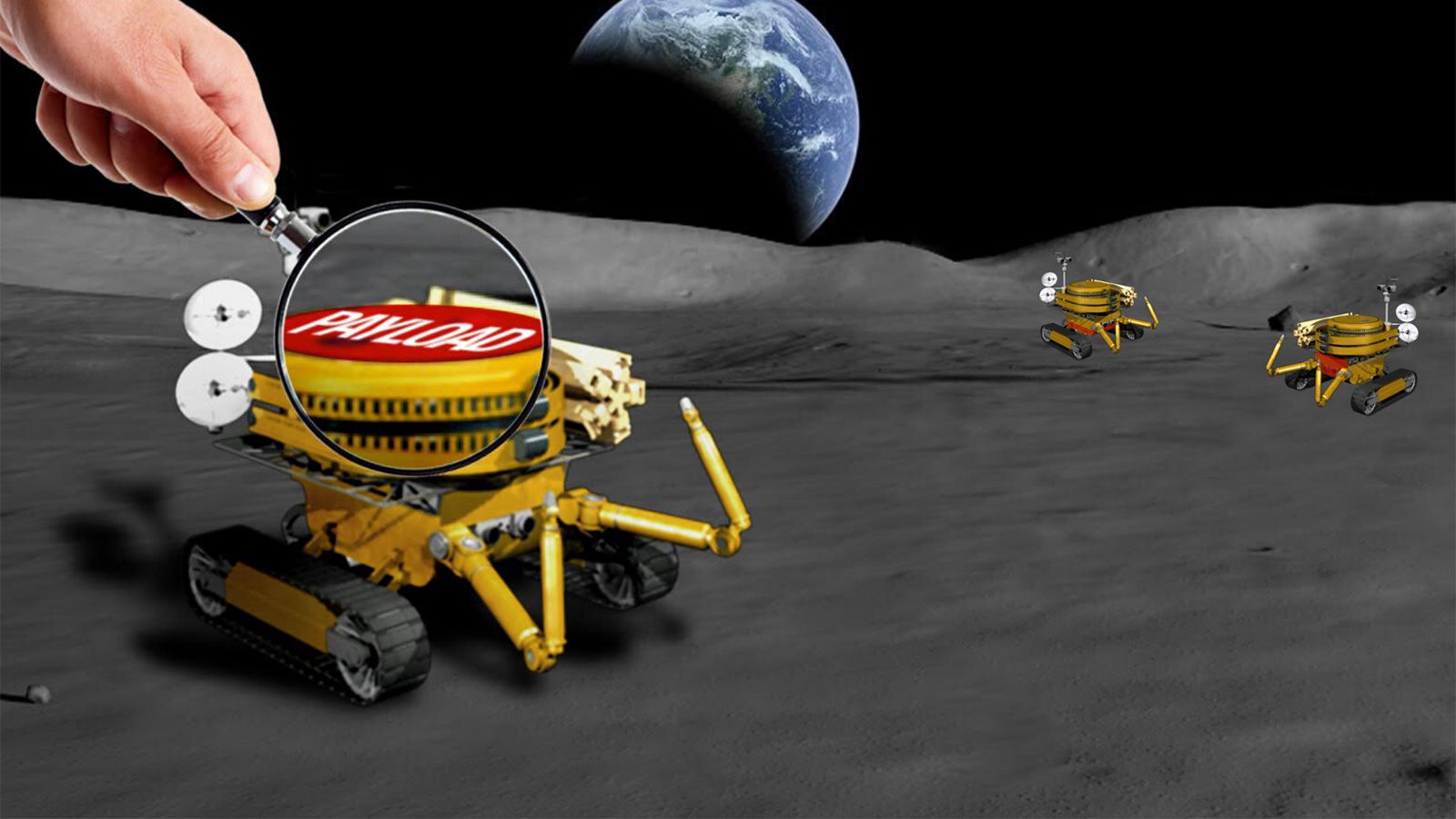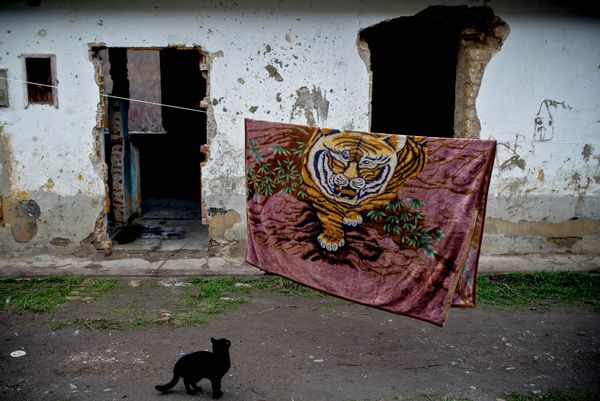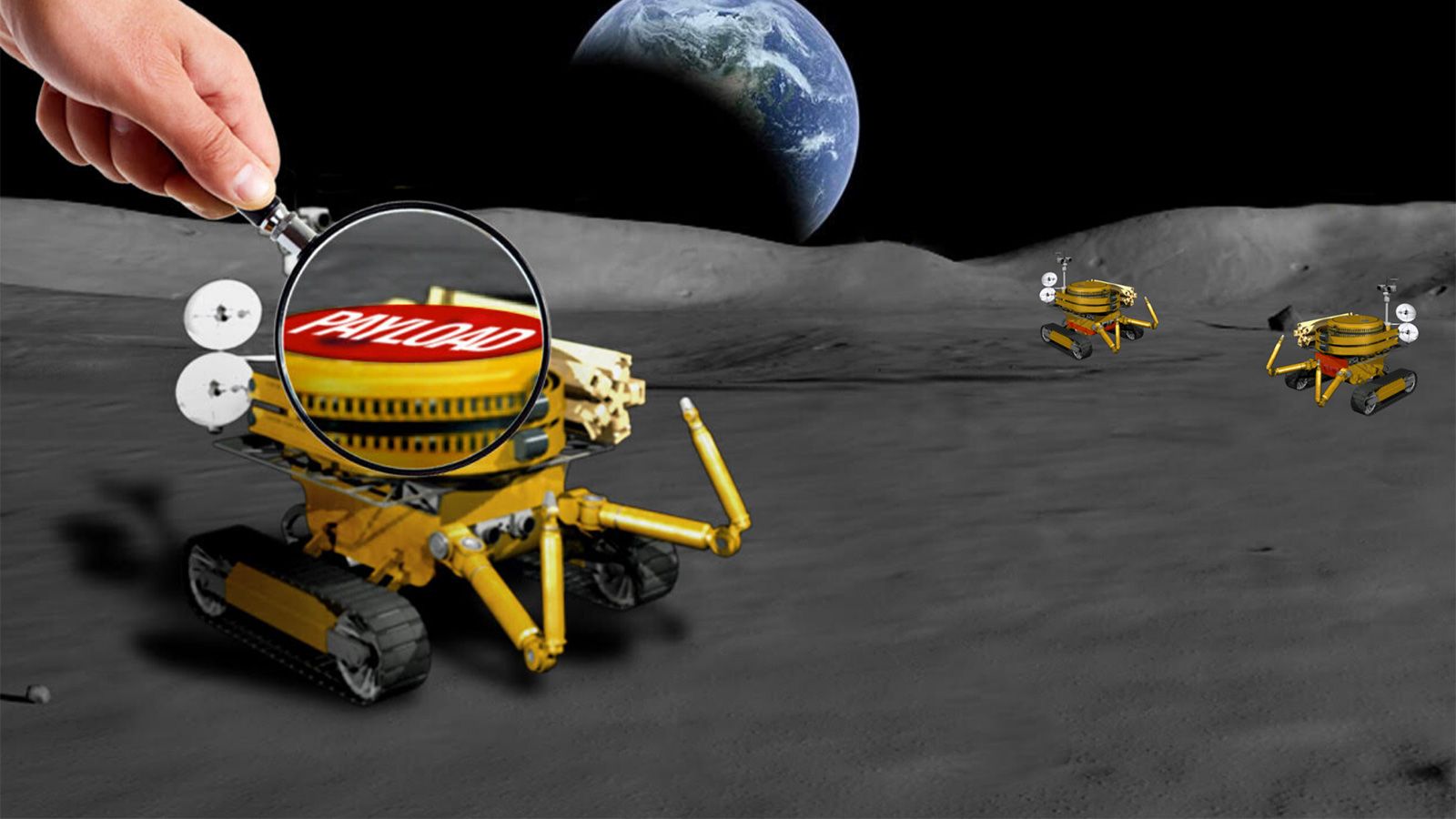Hungarian space technology company Puli Space Technologies was announced as a winner of NASA’s competition „Honey, I Shrunk the NASA Payload”.
Applicants had to submit the designs of payloads of the size of a bar of soap – not larger than 10 x 10 x 5 cm and not heavier than 0.4 kg – to the contest announced by NASA’s Jet Propulsion Laboratory (JPL) in April. Hungarian Puli Space Technologies also entered the cleverly named „Honey, I Shrunk the NASA Payload” contest, with its miniature invention facilitating space research. The Hungarian space technology company came, saw, and conquered: they won the lunar resource potential category and the USD 30,000 going hand in hand with the first prize with their device Puli Lunar Water Snooper.

The payloads we use today are often big, heavy, and require a lot of power. Developing tiny payloads allow for valuable scientific research on smaller, more mobile platforms. The Budapest-based company was established in 2010, and works on developing a light-weight and inexpensive lunar rover that is able to remain operable even in the harsh lunar environment.
One of the most valuable lunar resources is hydrogen, which plays a key role in future missions, as well as permanent human presence and habitats on the Moon. To that end, it is crucial to find and characterize lunar hydrogen. The Puli Lunar Water Snooper is designed exactly for these tasks: it identifies hydrogen (and all hydrogen-bearing materials like water ice), and it measures quantity and distribution of these resources in the lunar surface regolith. When mounted on a rover, the tiny payload is capable of mapping even a large area.
The first prize of the category of lunar environment was awarded to the team of Team Sun Slicer and their development titled Sun Slicer. You should imagine the innovative device as the combination of an XRAY spectrometer and integrated camera adapted for the harsh lunar environment, which is a perfect match for compact lunar rovers with low power needs, and which also monitors the radiation environment of the Moon, serving as a sort of prototype for the in situ XRAY safety monitors for lunar astronauts.
Source: csillagaszat.hu

MEOW! | Capa Center

The legendary Ford Bronco is back!










